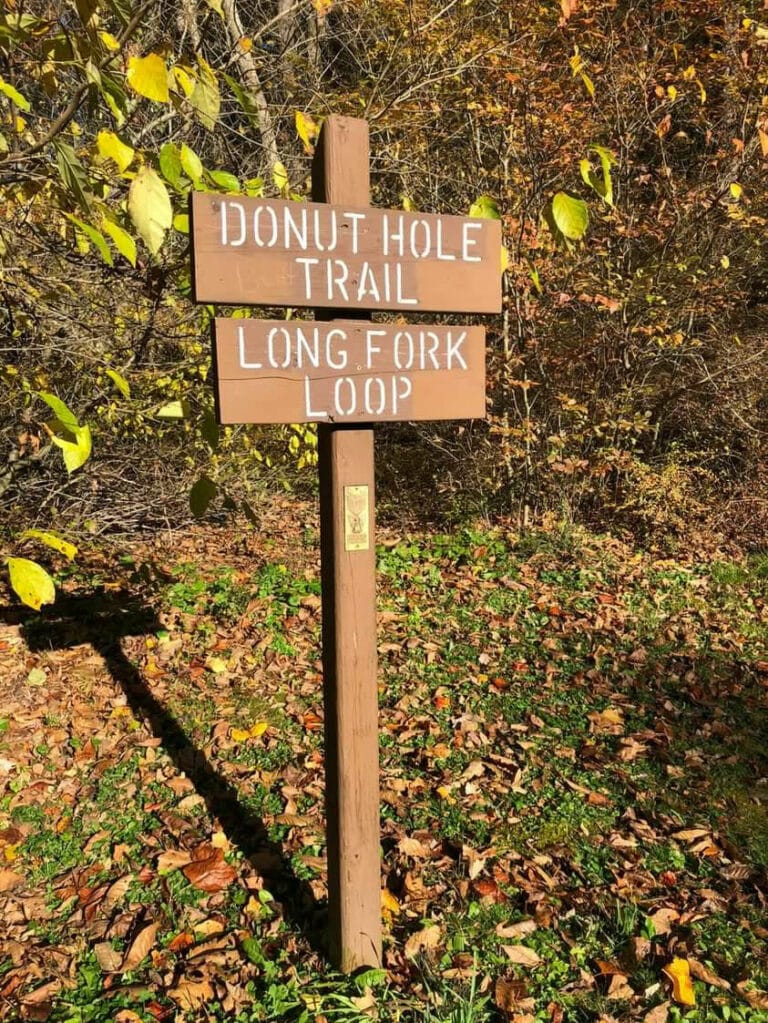An ultra race distance is basically defined as any distance longer than a marathon. However as most of you probably already know, ultra distances generally start at 50k or 31.2 miles. Then from there you can migrate upward to 40 mile, 50 mile, 100k, 100 mile, 24 hour and 48 hour race distances as the general norm.
I’ve been asked so many times how does one run that far. This usually comes from other runners who have already run a marathon and just can’t seem to comprehend the ultra distance. In reality a 50k is only five miles further than a marathon and a lot of runners progress up from half marathons to the marathon which is exponentially a much greater jump in distance. (50% vs 16%) Even using this logic, the mental component to running an ultra distance is as much a road block as the physical it seems.
The word “ultra” has that impression that one will be undertaking something truly epic, scary and painful. This is usually not the case, in fact if you prepare properly and have already run at least one marathon within the last year then I see no reason why someone can not make the 16% jump in distance to a 50k ultra.
The greatest difference between a marathon and an ultra is that most marathons are run on paved surfaces (more painful but faster pace) and most ultras are run on soft surfaces like trails (less painful but slower pace). Time on your feet is the main difference between the two but ultra running time is usually spent on a more forgiving surface. I have raced the 50k distance in times ranging from three hours to five hours. These times are primarily dictated by the terrain and sometimes weather. When choosing your first 50k look for a race that does not have an extremely technical surface and mountainous terrain and you’ll see the jump in distance is not one to be feared. You will need to add some time to your long runs and try to mimic the course terrain as best as possible. Learning how to run slower so you can go longer does take patience and practice. Look at past times for the 50k you have chosen and this should give you a gage of how far to take your long runs. Just like for the marathon you do not need to complete the full distance in your training but try to get close to 85% covered with at least two long runs around three to five weeks out from your race.








